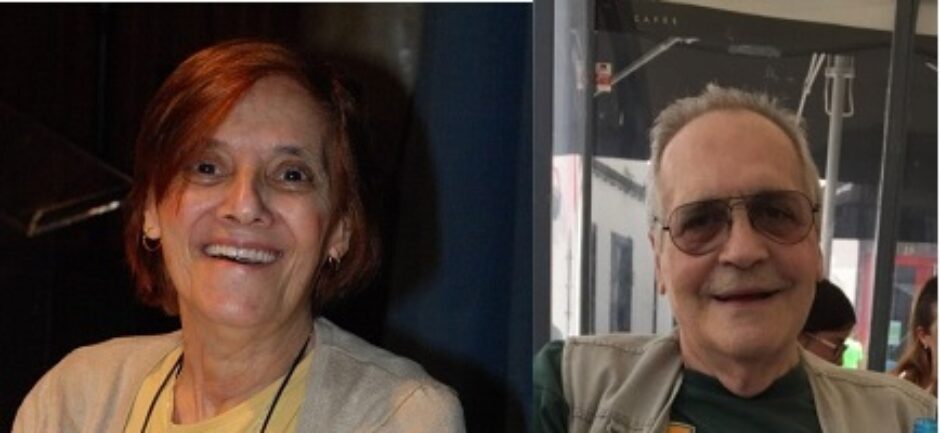Views: 0Richard Zimler shared a link.
- Portugal junta-se a mais de 20 países que proíbem uso de véus. Quais são?
- gratuitidade de medicamentos (combatentes)
- quando os imigrantes regressarem aos seus países
- Parlamento aprova proibição da utilização de burca em espaços públicos em Portugal (MESMO PELOS MOTIVOS ERRADOS desta lei CONCORDO mas não vai servir para nada
- Sismo de intensidade IV sentido na Terceira | RTP Açores
Contact Info
aicl@lusofonias.net
.
- www.lusofonias.net r igreja lomba da maia 9625-115 s miguel açores
